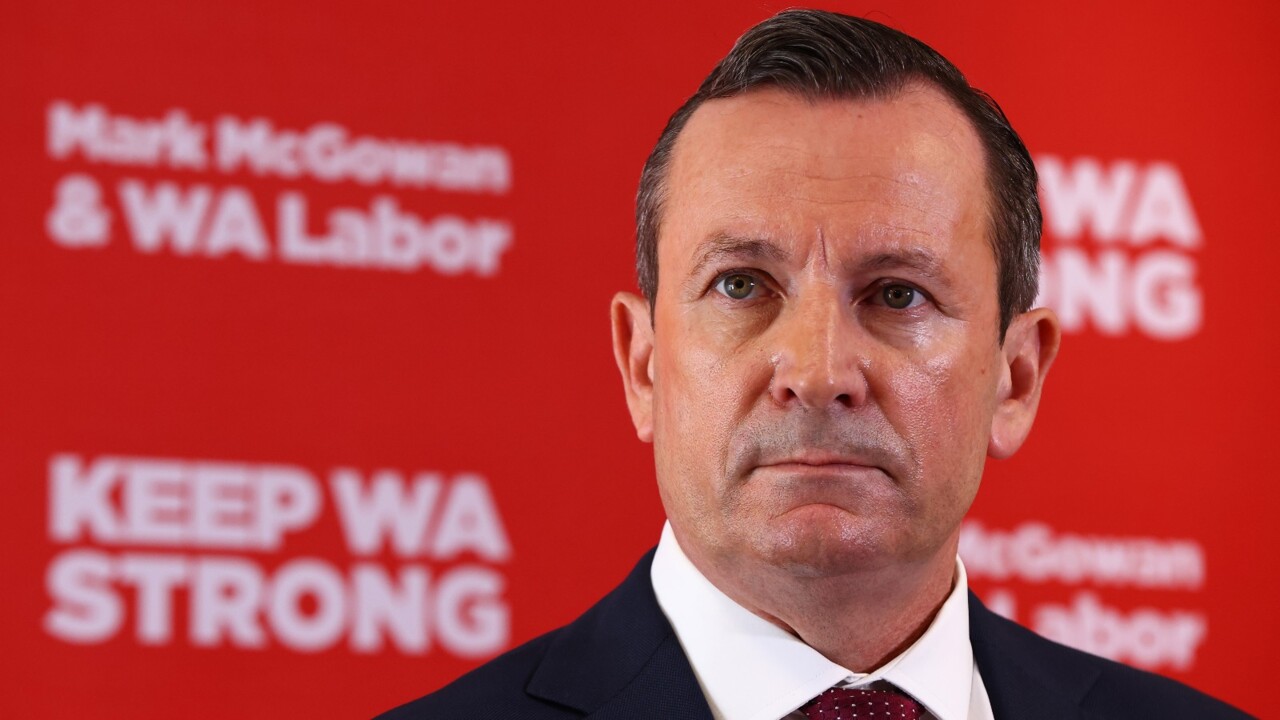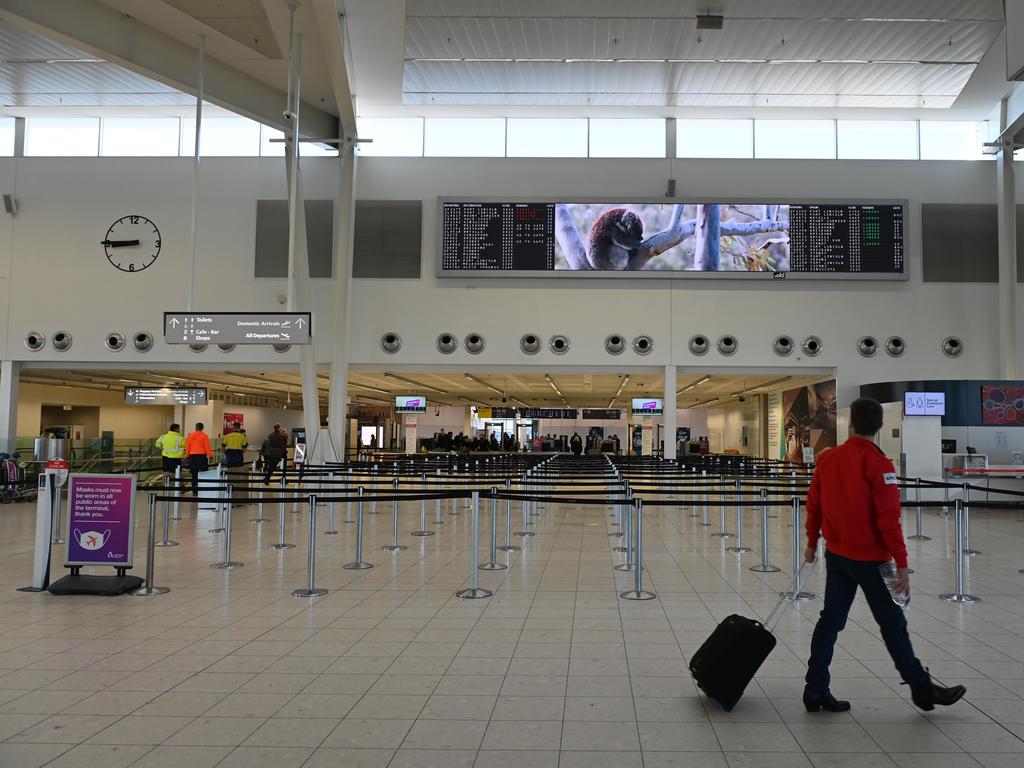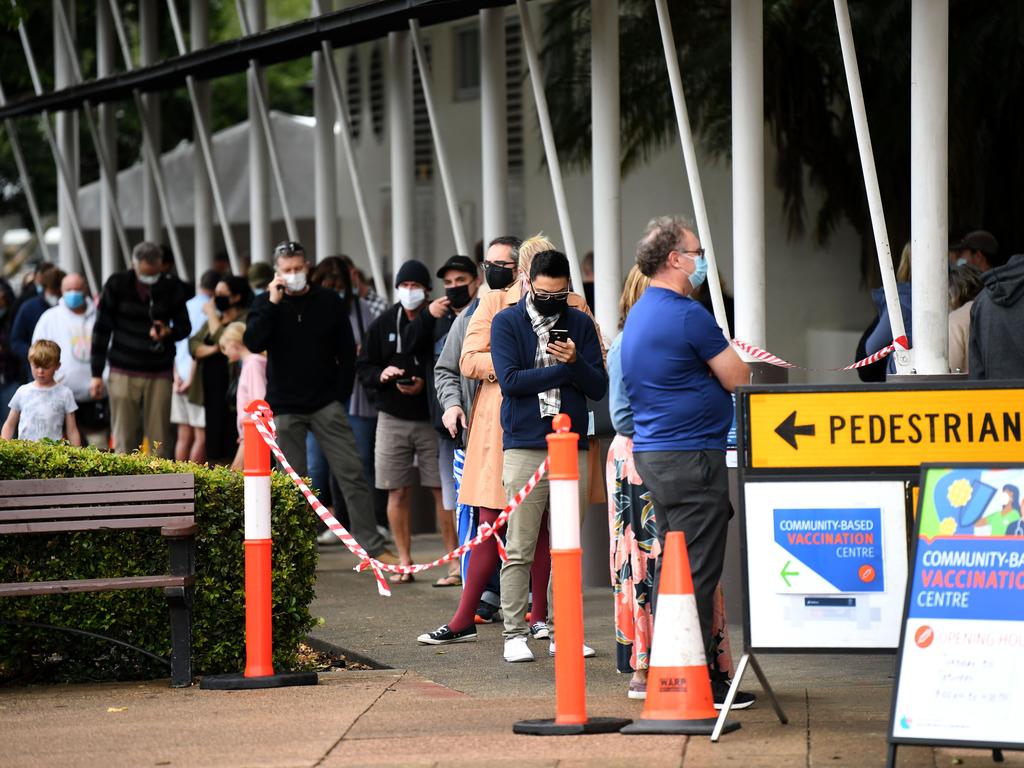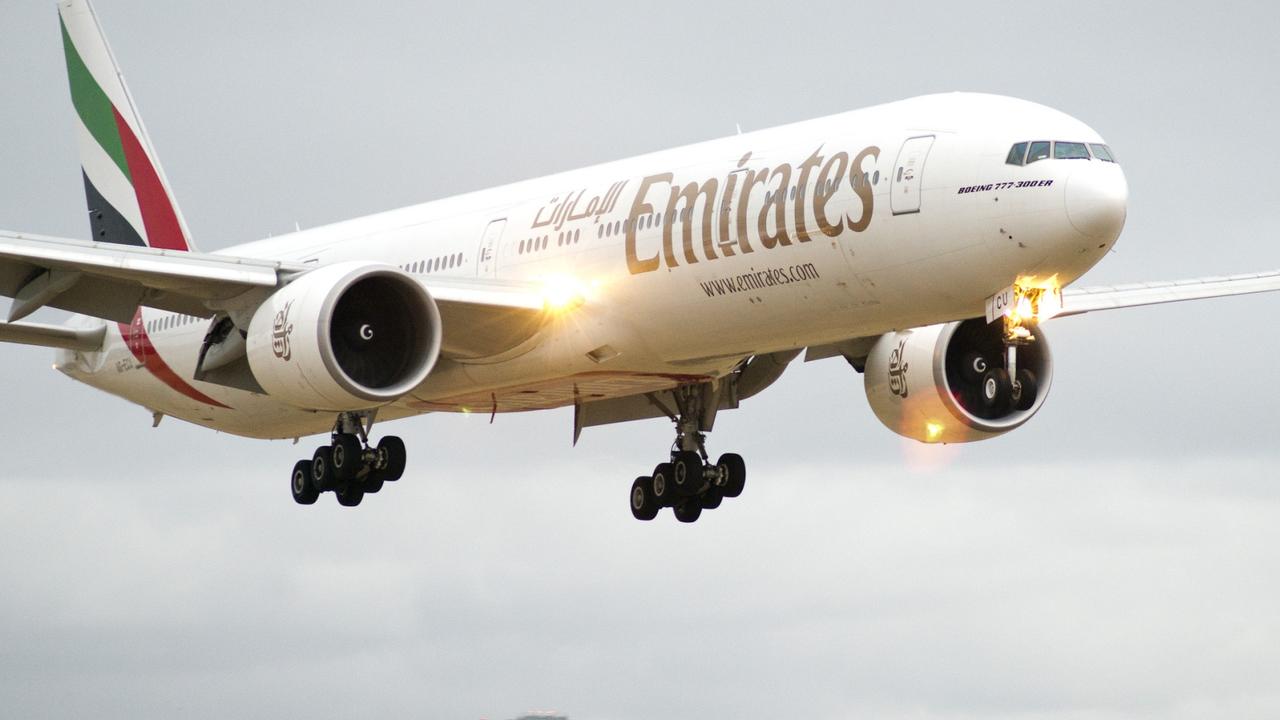SA eases border restrictions with NT, WA, Qld, meanwhile ACT airport boss slams decision
One state has immediately eased its hard border restriction with three other jurisdictions – but an area with no cases remains locked out.

South Australia has eased its tough border restrictions with three jurisdictions that have grappled with Covid-19 outbreaks.
Premier Steven Marshall announced on Thursday the changes to restrictions with the Northern Territory, Western Australia and Queensland came into effect immediately.
Under the changes, the hard border restriction with WA and the NT will be removed, but travellers from those jurisdictions are required to be tested on day one, five and 13 of their stay and must remain isolated until a negative result has been received after the first test.
The Premier said authorities also envisaged those restrictions would be “removed completely” by Sunday.
As for Queensland, people in Brisbane, Moreton Bay, Sunshine Coast, Noosa, Gold Coast, Logan, Redland, Lockyer Valley, Scenic Rim and Somerset will remain locked out.
People travelling from Townsville and those who attended the Big Red Bash at Birdsville will be permitted into the state and will need to be tested on day one, five and 13 and remain in isolation until a negative result has been received after the first test.
There are no restrictions for the rest of Queensland.
No changes were made to borders with the ACT or NSW, meaning travel from those jurisdictions is still not permitted.
The ACT has not recorded a case of coronavirus since April this year.
“We have considered the ACT very carefully. We know there hasn’t been community transmission in Canberra for a very long time (but) we know there is a very porous border (with NSW),” Mr Marshall said.
“We’d like to ease the border restrictions between ACT and SA but because of concerns surrounding the Delta variant, we won’t be doing that today but will keep a close eye on it.”

THREATS CANBERRA AIRPORT WILL SUSPEND FLIGHTS
Canberra Airport boss Stephen Byron slammed SA for keeping its borders closed with the territory that has had no reported community transmission since July last year.
Mr Byron said the “unlawful” decision was not based on health advice and was shutting down the aviation industry.
They have unlawfully shut down our business and Qantas’ and Virgin’s,“ he told The Canberra Times.
“Canberra Airport is in the business of supporting people to fly. They've shut down all business between Canberra and Adelaide.”
Addressing the media, Mr Bryon flagged the potential to suspend all flights between Adelaide and Canberra as well as between Perth and Canberra.
“We're not asking for a lot. We’re asking for a guarantee from now on that the border to Canberra, to the ACT, won’t be shut as long as there are zero cases,” Mr Byron said on Sky News.
“If you can give us that undertaking, it makes sense for us to restart flights to Perth and Adelaide. If they can‘t give us that, then basically we might as well give up. We’re sick of it.”
In response, Premier Steven Marshall said Mr Byron needed to make his own decisions, as did authorities in SA.
“The reality is we’ve got to take steps to protect our state and we don’t make apologies for that,” Mr Marshall said.

WESTERN AUSTRALIA
Currently, SA, Tasmania and NZ remain very low risk jurisdictions and travel is permitted without testing or quarantining.
The ACT, NT and Victoria are listed as low risk jurisdictions but travellers are required to quarantine for 14 days and be tested on day 11.
NSW and Queensland are considered medium risk and travel from those states is not permitted unless an exemption has been granted. Those who are allowed to enter must quarantine for 14 days and be tested within 48 hours of arriving and again on day 11.
NORTHERN TERRITORY
A hotspot system remains in place, with anyone who arrives in the NT from June 22 that has been to a hotspot or is considered a close contact needing to complete 14 days of mandatory supervised quarantine at the Alice Springs or Howard Springs quarantine facilities.
The same applies for people travelling from Brisbane or the Moreton Bay region in Queensland as they are also deemed hot spots.
There are no requirements for people travelling from SA, WA Tasmania or the ACT.
VICTORIA
The City of Brisbane, Moreton Bay and regions of the Sunshine Coast in Queensland remain as red zones as does Greater Sydney, including the Central Coast, Shellharbour, the Blue Mountains and Wollongong in NSW.
This means non-Victorian residents are not allowed to enter the state from those listed areas without an exception.
The rest of NSW has been listed as an orange zone, as well as Alice Springs and Greater Darwin in the NT, Perth Metropolitan Region and Peel Region in WA and Townsville, Ipswich, Logan and Redland, Gold Coast, Lockyer Valley, Noosa, Scenic Rim and Somerset in Queensland.
Travellers from orange zones must apply for a permit to enter Victoria but cannot do so if they have Covid-19 symptoms or had previously been to a red zone. If approved, they must agree to get a Covid-19 test within 72 hours of arrival and remain isolated until a negative result is returned.

QUEENSLAND
Anyone who has been to a Covid-19 hotspot is not permitted into the state.
There are currently 35 Local Government Areas in Greater Sydney that are listed, including the Central Coast, Wollongong and Shellharbour.
People who have travelled from Victoria or the ACT are asked to monitor for symptoms and get tested if they present.
There are no hot spots listed in the NT, SA, WA or Tasmania.
NEW SOUTH WALES
Borders are open to the ACT, SA and Tasmania but people entering from the NT, Queensland, Victoria or WA will not be permitted if they have visited a Covid-19 place of high concern, potentially making them a close contact of an infected person, during the specified time for that place.
People considered potential casual contacts in those jurisdictions cannot enter the state unless they have been tested and received a negative result. They will need to show proof of this result.
TASMANIA
Tasmania currently has a number of LGAs and premises across NSW, Queensland, WA, SA and the NT which are all listed on a government website.
Anyone who has been to a high risk location is not permitted in the state.
The ACT has been labelled the only jurisdiction as whole to be low risk and travel from there is permitted without any additional requirements.




